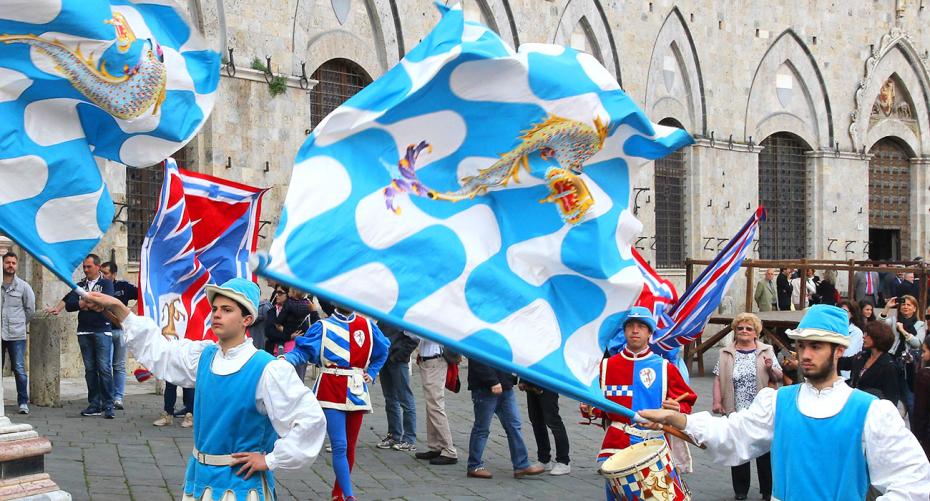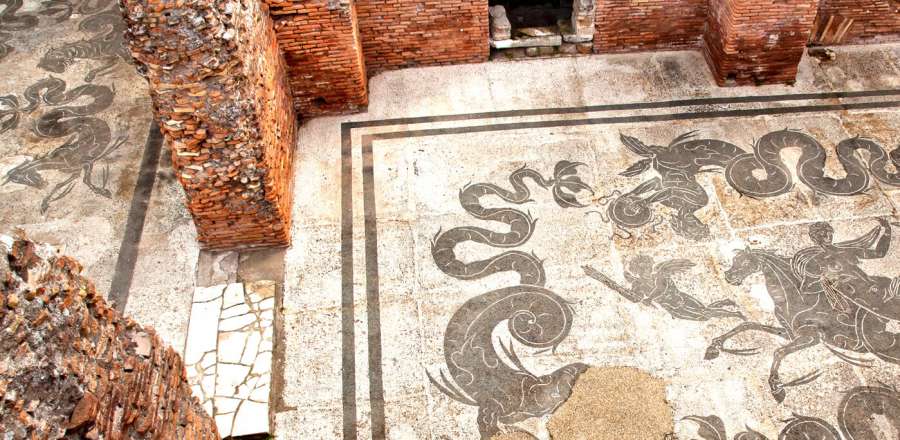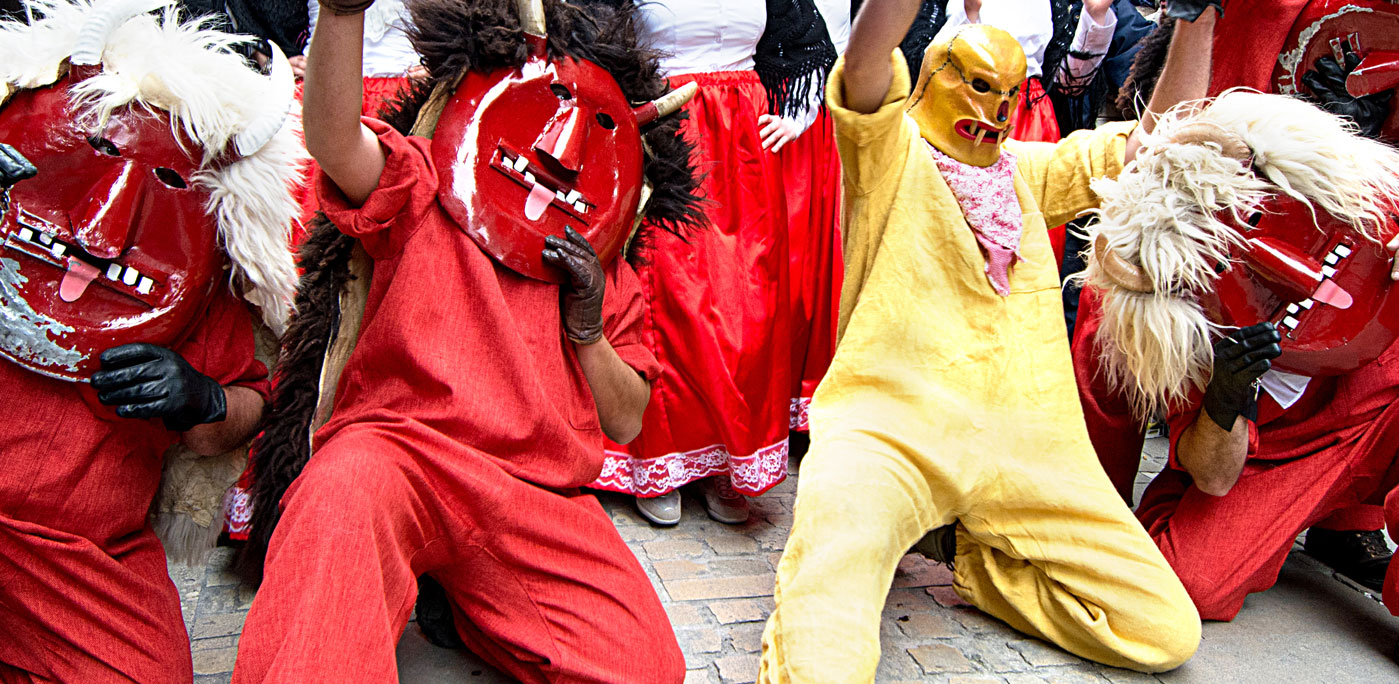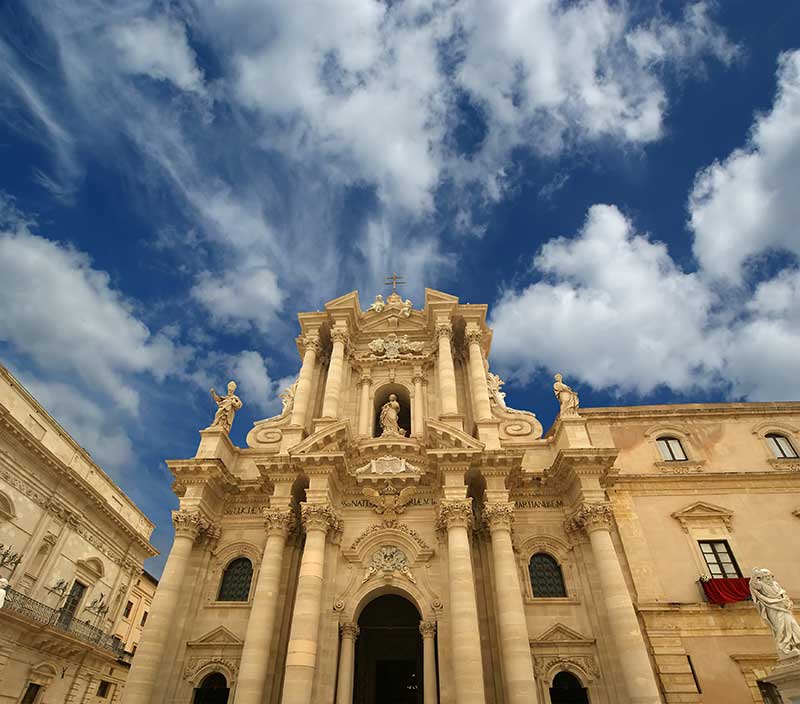Strolling around the hilltop city of Siena is a glorious experience. The walled citadel perches atop three hills overlooking the Tuscan plains. Its narrow streets wander and weave between soaring gothic palaces. And at the heart lies Piazza del Campo, a wonderful shell-shaped plaza, home to the annual Palio horse race and one of the most beautiful urban spaces in Italy. Siena really is the Tuscan dream.
But if you stretch your legs with a climb out to the west of the Campo you’ll discover something exotically incongruous; a life-size statue of a rhinoceros. Or head south-east and there’s a triumphant elephant with a tower on its back. Or go south-west, for a stealthy black panther. So what are all these weird and wonderful animals doing up a Tuscan hill?
For the answer we need to delve into the secret world of Siena’s contradas; a land of fantastic and fantasy animals, unwavering devotion and over 800 years of history.
In many Italian cities a contrada is simply a suburban zone or neighborhood. But here in Siena, the 17 different contradas or districts mean everything to their residents. Each one is like a mini city-state within the historic center providing both a physical and symbolic hub for life, family and the community. Loyalty is fierce.
And contrada membership is an exclusive affair. Affilliation is normally only granted if you are born within the boundaries of the district, unless you are fortunate enough to be granted rare honorary contradaiolo status. And all members must also be baptized in the contrada fountain, as well as in church. Each one is a strict, tight-knit community able to exert enough control over the city to keep petty crime rates exceptionally low by contemporary standards.
Sadly, however, the origins of Siena’s contradas, or contrade in Italian, are largely lost in the mists of time.
Some historians suggest that the contrade grew up to supply and house the various mercenary troops brought in to defend an increasingly rich Siena from its jealous neighbor Florence in the 1200s. Others believe the contradas formed around guilds of workers in different trades and crafts. Or maybe they were just demarcated to make gathering taxes easier. No-one’s really sure.
But at least it’s easy to see where each contrada’s territory starts and ends as their heraldic animal emblems dot every street corner and building.
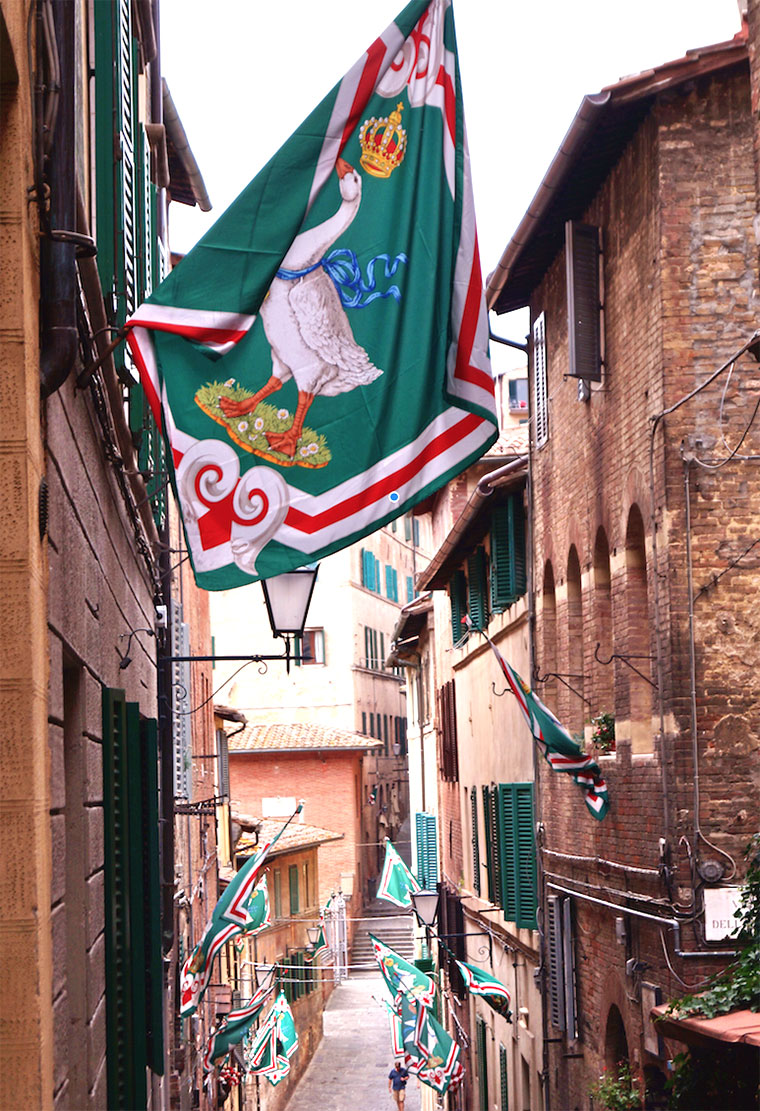
What’s not so clear is exactly where each of the wonderful symbols came from in the first place. Some may have heraldic origins, dating back to old family crests. Others such as L’Aquila, or eagle, invoke bravery, courage and strength in the face of one’s enemies so may relate back to a military past when mercenary troops were drafted in. Whilst some, like Bruco or caterpillar, whose residents traditionally worked in the silk trade, appear to use symbology to link back to old, historic trades.
In total modern Siena has seventeen contrade with animals or totems ranging from the exotic through fantasy to the slightly mundane. Subjects include everything from porcupines to panthers, giraffes to geese and dragons to snails. And each district proudly brands their streets accordingly with ceramic tiles of their exotic icons fixed high up on every wall, often next to the street signs.
Many districts also have large statues to their emblem, hence the elephants, dolphins, panthers and rhinoceros stalking the Senese streets. So navigating the city becomes a wonderful zoological treasure hunt, eyes peeled for the next animal as you move from one neighborhood to the next, often simply by crossing the street or turning a corner.
And districts are wonderfully active all year round with social events, concerts and fundraising dinners. So instead of focusing on old military or trade functions, Siena’s contradas now have much broader roles. And every important event in contradaiolo’s life takes place in their own district. From birth to baptism, marriage to motherhood, church to cultural holidays and even death, everything centers around the contrada.
Delve a little deeper and you’ll also discover that each borough has its own church, museum, social club, archive and even fountain that flows with wine when the district wins the prestigious Palio horserace. But there would be no competition without the rival contrade to compete against each other; the two go hand in glove in a timeless ceremonial civil war.
Ultimately, whilst Siena is best known around the world for its flamboyant, adrenaline-fueled Palio, it’s actually the little known contradas and their contradaioli that make the city tick. And although the historic hilltop center is only relatively small in comparison to neighbors like Florence, and the contradas consist of just a few streets and alleys, life is extremely rich, sophisticated and well organized. It’s a model for civic government that any town council would be proud of. But what makes it work is the unparalleled sense of community, belonging and civic pride that each contrada holds. It’s a patriotism stronger than any national flag meaning that locals count themselves as contradaioli first and foremost, then Senese citizens and then Italians. So next time you’re strolling through the streets of Siena, gazing at the wonderful Medieval architecture, look up; you may just have entered the extraordinary land of the Tuscan rhinoceros!
